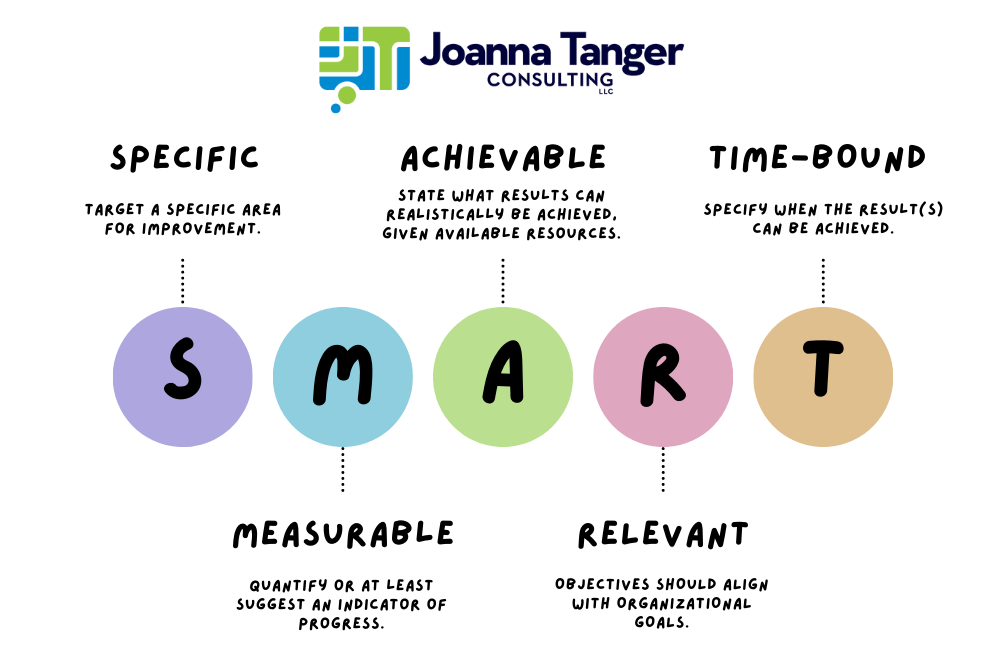|
Let's suppose one of your organizational goals is to increase revenue this year. To determine if communication efforts are successful, an organization/company needs to measure progress. However, vanity metrics—such as the number of Facebook followers—do not provide much intel into how valuable communications are overall in reaching this goal. So how do you know which metrics to track and how do you measure for success?
To ensure that an organization is successful in reaching their goals, SMART objectives are essential. SMART objectives are specific, measurable, achievable, relevant, and time-bound. Here's a sample SMART objective: Increase return traffic to the website by 10% by December 31, 2023 Once you've created a SMART objective, tie it to a desired business outcome. Did you know that return website visitors are much likelier to participate in revenue-generating activities? A return visitor has demonstrated their interest in your organization/company. So, increasing the number of return website visitors means the organization is engaging with those who are already past the awareness stage and are ready to take the next action step (signing up to receive emails, making a donation, etc.). Regular review of Google Analytics can help you monitor progress. By proactively linking communication outreach with strategic organizational goals—and monitoring data regularly—an organization sets itself up for future success. In addition, SMART objectives help keep teams engaged and clarify how their work directly impacts the organization. I can help determine which objectives work best for your organization/company, as well as create plans for how best to measure your efficacy. Please get in touch today!
0 Comments
Your comment will be posted after it is approved.
Leave a Reply. |
Joanna Tanger
Founder/Consultant Archives
July 2024
Categories
All
|


 RSS Feed
RSS Feed